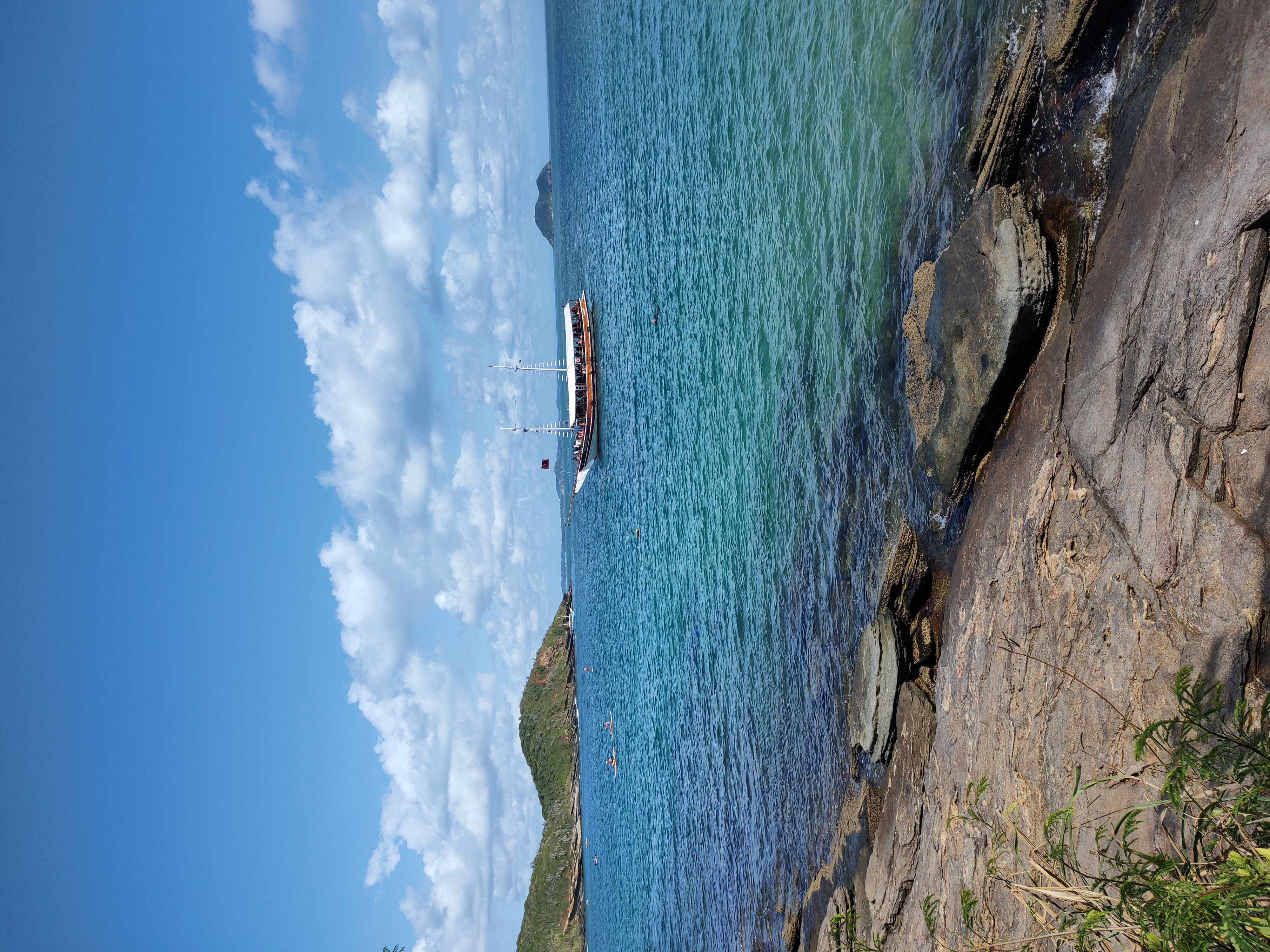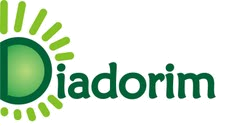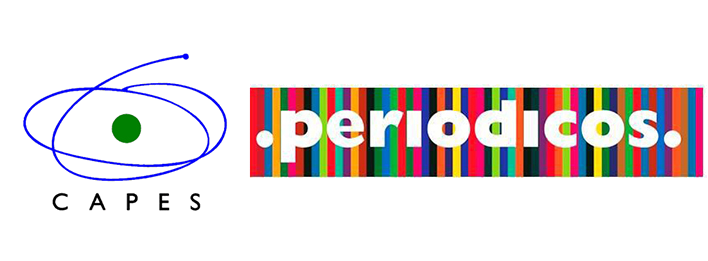Stories that stick
The power of storytelling in social media communication of bean to bar chocolate businesses in Brazil
Keywords:
Social media, Storytelling, Bean to bar, Marketing, ChocolateAbstract
The present work sought to identify how Brazilian brands of Bean to Bar chocolate communicate on social media and how storytelling contributes to making this communication effective and attractive to the consumer. The research methodology involved a multiple-case design focused on the former brands of the ‘Bean to Bar Brasil’ Association. The data were gathered for three months from Instagram. Thus, 194 Instagram posts were submitted to qualitative content analysis. The paper is the first to address the use of storytelling strategies of brands associated with the Bean to Bar Movement on social media. Bean to Bar chocolates are the ones made by the same producer from the cocoa beans to the chocolate bar. This industry is growing steadily, but only a few studies can be found in Brazil and abroad. The main results of the study indicate that storytelling enhances communication strategies on social media, improves brand perception and generates positive outcomes for them. The work highlights the main aspects that constitute the theoretical field of storytelling on social media, and show them through the seven case studies. Furthermore, it strengthens the arguments about the importance of storytelling for handmade products marketing.
References
Alves, F., Costa, H., & Perinotto, A. (2017). 7. Instagram como ferramenta para fidelização de clientes: Fotografia, Redes Sociais e Turismo. Marketing & Tourism Review, 2(2), 1-21. doi: 10.29149/mtr.v2i2.4562
Andrade-Matos, M. (2018). Autenticidade em experiências de turismo a partir da teoria do pensamento complexo de Edgar Morin: um estudo sobre vivências em fazendas de Cacau no Sul da Bahia. Tese de Doutorado em Administração – Universidade Federal de Pernambuco.
Bauer, M. (2011). Análise de Conteúdo Clássica: uma revisão. In M. Bauer & G. Gaskell. Pesquisa Qualitativa com Texto, Imagem e Som: um manual prático. Petrópolis, Brazil: Vozes.
Beverland, M. (2009). Building brand authenticity: 7 habits of iconic brands. New York, United States of America: Palgrave Macmillan.
Bogdan, R., Biklen, S., & Alvarez, M. (1994). Investigação qualitativa em educação: uma introdução à teoria e aos métodos. Porto, Portugal: Porto Editora.
Boyd, D. & Ellison, N. (2007). Social network sites: Definition, history, and scholarship. Journal of computer‐mediated Communication, 13(1), 210-230. doi: 10.1111/j.1083-6101.2007.00393.x
Cameira, S. (2016). Branding + Design: a estratégia na criação de identidades de marca. São Paulo, Brazil: Editora Senac São Paulo.
Campbell, J. (2004). O herói de mil faces. São Paulo, Brazil: Cultrix/Pensamento.
Carrilho, K. & Markus, K. (2014). Narrativas na construção de marcas: storytelling e a comunicação de marketing. Organicom, 11(20), 128-136. doi: 10.11606/issn.2238-2593.organicom.2014.139224
Citelli, A. (2002). Linguagem e persuasão. São Paulo, Brazil: Ática.
De Vries, E. (2019). When more likes is not better: the consequences of high and low likes-to-followers ratios for perceived account credibility and social media marketing effectiveness. Marketing Letters, 30(3), 275-291.
Delgado-Ballester, E. & Fernández-Sabiote, E. (2016). “Once upon a brand”: Storytelling practices by Spanish brands. Spanish Journal of Marketing - ESIC, 20(2), 115-131. doi: 10.1016/j.sjme.2016.06.001
Ehrhardt, J. (2018). Mirror, mirror on the wall, who has the best engagement of them all? – like/follower ratio explained. Retrieved from https://www.business2community.com/marketing/mirror-mirror-wall-best-engagement-like-follower-ratio-explained-02044821
Eisenhardt, K. (1989). Building theories from case study research. The Academy of Management Review, 14(4), 532-550. doi: 10.2307/258557
Escalas, J. (2004). Narrative processing: building consumer connections to brands. Journal of Consumer Psychology, 14(1&2), 168-180. doi: 10.1207/s15327663jcp1401&2_19
Facebook. (2019). Company Info. Retrieved from https://about.fb.com/company-info/
Feijó, V., Frandaloso, P., & Gomes, L. (2014). Storytelling como metodologia projetual para a construção de uma identidade de marca: o caso do café de Colombia. Projética, 5(2), 105-126. doi: 10.5433/2236-2207.2014v5n2p105
Fina, A. (2019). Storytelling and audience reactions in social media. Language in Society, 45, 473-498. doi: 10.1017/S0047404516000051
Frangioni, Z. (2020). O Renascimento do cacau e do chocolate do Brasil: poder, decadência, superação e revolução. Retrieved from https://revista.drclas.harvard.edu/book/o-renascimento-do-cacau-e-do-chocolate-do-brasil
Giller, M. (2017). Bean to bar chocolate: America´s craft chocolate revolution. North Adams, United States of America: Storey Publishing.
Godoy, A. (1995). Pesquisa qualitativa: tipos fundamentais. Revista de Administração de Empresas, 35(3), 20-29. doi: 10.1590/s0034-75901995000300004
Godsil, R. & Goodale, B. (2013). Telling our own story: the role of narrative in racial healing. Retrieved from http://perception.org/wp-content/uploads/2014/11/Telling-Our-Own-Story.pdf
Granovetter, M. (1973). The strength of weak ties. American Journal of Sociology, 78(6), 1360-1380. https://www.jstor.org/stable/2776392
Hauff, J., Carlander, A., Gamble, A., Gärling, T., & Holmen, M. (2014). Storytelling as a means to increase consumers’ processing of financial information. International Journal of Bank Marketing, 32(6), 494-514. doi: 10.1108/IJBM-08-2013-0089
Herskovitz, S. & Crystal, M. (2010). The essential brand persona: storytelling and branding. Journal of Business Strategy, 31(3), 21-28. doi: 10.1108/02756661011036673
Honoré, C. (2019). Devagar: como um movimento mundial está desafiando o culto da velocidade. Rio de Janeiro, Brazil: Record.
Kemp, S. (2018). Digital in 2018: world’s internet users pass the 4 billion mark. Retrieved from https://wearesocial.com/blog/2018/01/global-digital-report-2018
Kotler, P., Kartajaya, H., & Setiawan, I. (2012). Marketing 3.0: as forças que estão definindo o novo marketing centrado no ser humano. Rio de Janeiro, Brazil: Elsevier.
Kotler, P., Kartajaya, H., & Setiawan, I. (2017). Marketing 4.0: do tradicional ao digital. Rio de Janeiro, Brazil: Sextante.
Laurell, C. & Söderman, S. (2018). Sports, storytelling and social media: a review and conceptualization. International Journal of Sports Marketing and Sponsorship, 19(3), 338-349. doi: 10.1108/IJSMS-11-2016-0084
Lévy, P. (1999). Cibercultura. São Paulo, Brazil: Editora 34.
Magalhães, C. (2014). Storytelling como recurso comunicacional estratégico: construindo a identidade e a imagem de uma organização. Organicom, 11(20), 93-106. doi: 10.11606/issn.2238-2593.organicom.2014.139221
Martino, L. (2015). Teoria das mídias digitais: linguagens, ambientes, redes. Petrópolis, Brazil: Vozes.
Martinus, H. & Chaniago, F. (2017). Analysis of branding strategy through Instagram with storytelling in creating brand image on Proud Project. Humaniora, 8(3), 201-210. doi: 10.21512/humaniora.v8i3.3678
Merriam, S. (1998) Qualitative research and case study applications in education. San Francisco, United States of America: Jossey-Bass.
Mossberg, L. (2008). Extraordinary experiences through storytelling. Scandinavian Journal of Hospitality and Tourism, 8(3), 37-41. doi: 10.1080/15022250802532443
Neiger, B., Thackeray, R., Van Wagenen, S., Hanson, C., West, J., Barnes, M., & Fagen, M. (2012). Use of social media in health promotion: purposes, key performance indicators, and evaluation metrics. Health promotion practice, 13, 159-164. doi: 10.1177/1524839911433467
Osman, M. (2020). Here’s why you should never buy Instagram likes. Retrieved from https://sproutsocial.com/insights/buy-instagram-likes/
Paine, K. (2011). Measure what matters: online tools for understanding customers, social media, engagement, and key relationships. New Jersey, United States of America: John Wiley & Sons.
Paul, A. (2012). The neuroscience of your brain on fiction. Retrieved from http://www.nytimes.com/2012/03/18/opinion/sunday/the-neuroscience-of-your-brain-on-fiction.html
Pinochet, L., Pachelli, & Rocha, F. (2018). Uso de métricas em mídias sociais e indicadores de desempenho do site e sua relação com o valor da marca em empresas de cosméticos no Brasil. Revista Brasileira de Marketing, 17(01), 80-99. doi: 10.5585/remark.v17i1.3581
Recuero, R. (2009). Redes sociais na internet. Porto Alegre, Brazil: Sulina.
Reichheld, F. (2003). The one number you need to grow. Retrieved from https://hbr.org/2003/12/the-one-number-you-need-to-grow
Ryu, K., Lehto, X., Gordon, S., & Fu, X. (2018). Compelling brand storytelling for luxury hotels. International Journal of Hospitality Management, 74, 22-29. doi: 10.1016/j.ijhm.2018.02.002
Schneider, T. & Pereira, L. (2018). Storytelling e identidade de marca: estudo de caso da marca portuguesa Josefinas. ModaPalavra, 11(22), 363-380. doi: 10.5965/1982615x11222018363
Silva, V. (2018). Marketing digital como ferramenta estratégica e as oportunidades nas redes sociais. E3 – Revista de Economia, Empresas e Empreendedores na CPLP, 2(1), 42-61. doi: 10.29073/e3.v2i1.20
Simmons, J. (2006). Guinness and the role of strategic storytelling. Journal of Strategic Marketing, 14(1), 11-18. doi: 10.1080/09652540500369068
Slow Food Brasil (2020). Movimento Slow Food. Retrieved from https://slowfoodbrasil.org/movimento/
Solomon, M. (2016). O comportamento do consumidor: comprando, possuindo e sendo. Porto Alegre, Brazil: Bookman Editora.
Strekalova, Y. & Krieger, J. (2017). A picture really is worth a thousand words: public engagement with the National Cancer Institute on social media. Journal of Cancer Education, 32(1), 155-157. doi: 10.1007/s13187-015-0901-5
Szabluk, D., Linden, J., & Bernardes, M. (2015). A narrativa da marca: o storytelling como face da autenticidade. Educação gráfica, 19(2), 228-241. doi: 10183/148989
Woodside, A., Sood, S., & Miller, K. (2008). When consumers and brands talk: storytelling theory and research in psychology and marketing. Psychology and Marketing, 25(2), 97-145. doi: 10.1002/mar.20203
Xavier, A. (2015). Storytelling: histórias que deixam marcas. Rio de Janeiro, Brazil: Best Business.
Yilmaz, B. (2016). Storytelling on Social Media: The Motives for Telling the Tourist Experience to the Connected Others. Acta Universitatis Danubius, 10(2), 135-148.
Downloads
Published
How to Cite
Issue
Section
License
Copyright (c) 2022 COSTA, J. H. P., ANDRADE-MATOS, Mariana Bueno de, MATOS, Beatriz Gondim

This work is licensed under a Creative Commons Attribution 4.0 International License.
Authors who publish with this journal agree to the following terms:
- Authors retain copyright and grant the journal, without cost for the journal, right of first publication with the work simultaneously licensed under a Creative Commons Attribution License that allows others to share the work with an acknowledgment of the work's authorship and initial publication in this journal.
- Authors are able to enter into separate, additional contractual arrangements for the non-exclusive distribution of the journal's published version of the work (e.g., post it to an institutional repository or publish it in a book), with an acknowledgment of authorship and its initial publication in this journal.
- Authors take full responsibility for their opinions expressed in the works published in this journal.
















